Best Open Access Journals and Scholarly Articles for Research Students
Educators Technology
OCTOBER 14, 2022
SpringerOpen SpringerOpen features research a wide variety of peer-reviewed research articles spanning different disciplines including social sciences, humanities, science, technology, medicine, economics, biomedicine, chemistry, computer science, psychology, and many more.

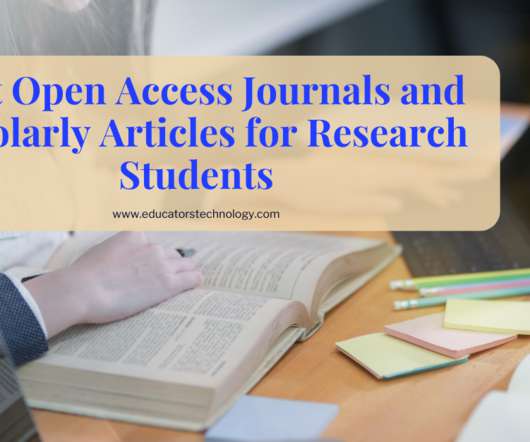

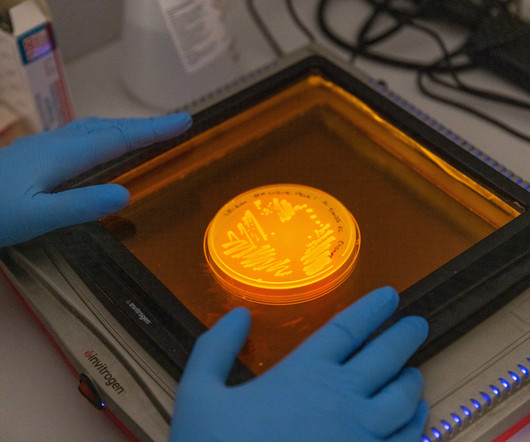
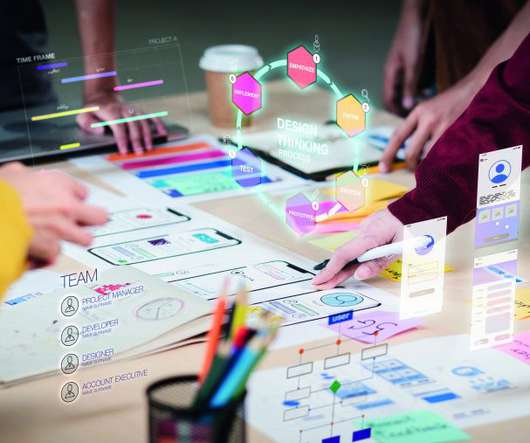
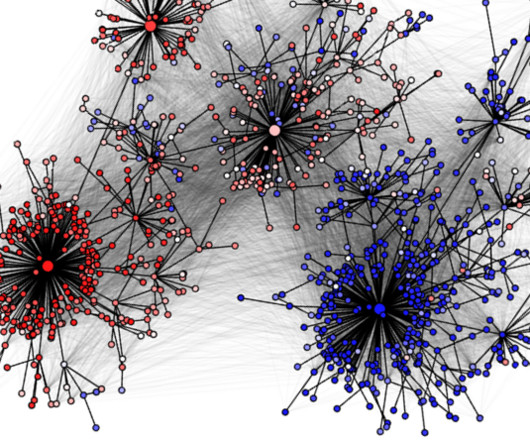

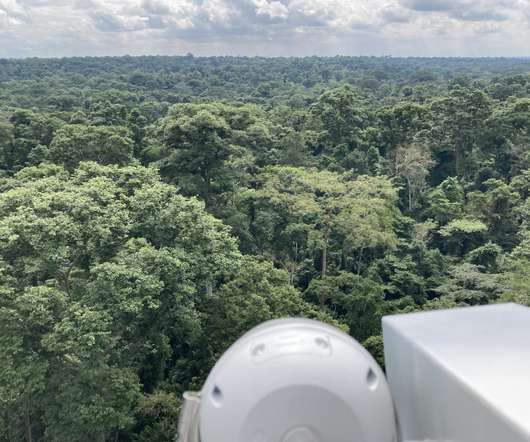
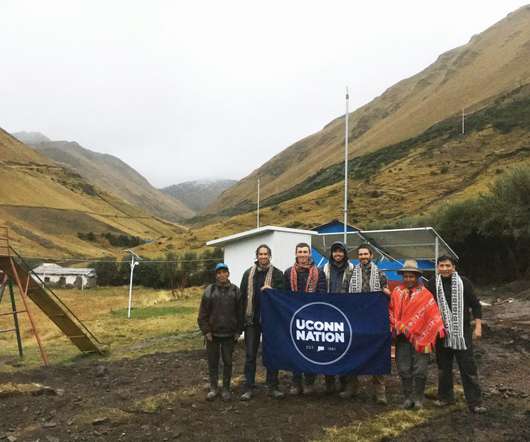

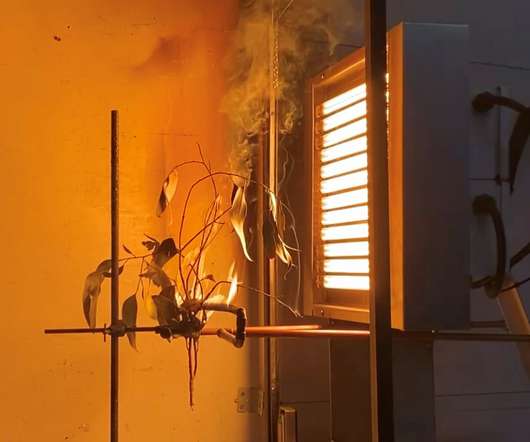
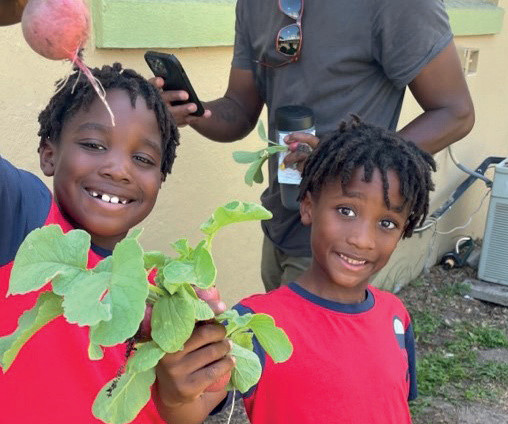






Let's personalize your content